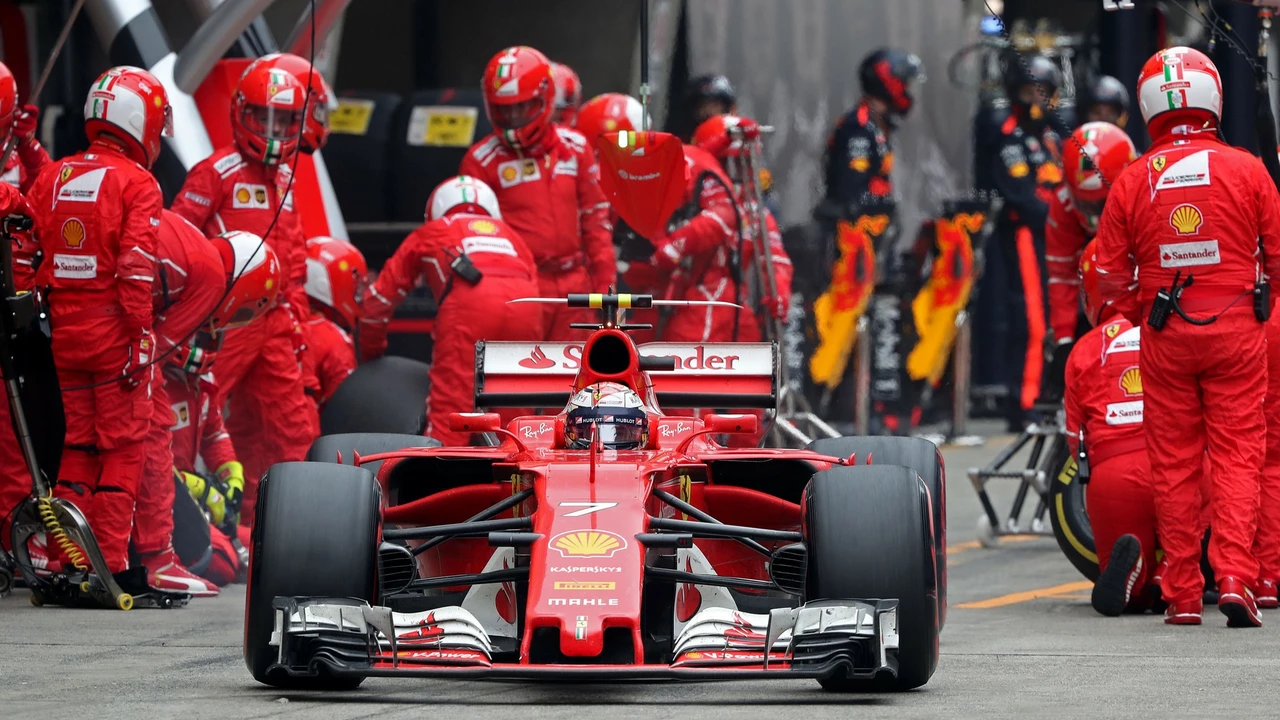IndyCar Pitstops: Why Every Second Counts
If you’ve ever watched an IndyCar race, you know the excitement isn’t just on the track. The real drama often unfolds in the pit lane, where a well‑timed stop can mean the difference between a podium and a pile‑up. Unlike a leisurely gas‑up at a service station, an IndyCar pitstop is a precision dance of speed, skill, and split‑second decisions.
How the Pit Crew Cuts Down Time
First off, the crew works like a well‑rehearsed pop‑song. Each member knows exactly where to stand, what tool to grab, and how long each task should take. The tire changers pull the old rubber off in under two seconds while the fueler plugs in the right amount of fuel for the next stint. All of this happens while the driver is strapped in, eyes on the track, and waiting for the signal to roll out.
What makes the crew so fast? Practice, data, and the right equipment. Teams record every millisecond of a stop, then tweak the choreography until the numbers improve. Even the jacks are designed to lift the car in a fraction of a second, letting the crew get under the chassis before the tires even touch the ground.
Strategic Choices: Fuel, Tires, and Track Position
Timing a pitstop isn’t just about fitting into a narrow window; it’s a strategic decision. Drivers and engineers constantly balance fuel load versus weight. A heavier car runs slower but can stay out longer, while a lighter car with less fuel can sprint ahead after a quick stop.
Tire choice adds another layer. Soft compounds offer grip but wear fast, demanding more stops. Harder compounds last longer but sacrifice some speed. Teams read the track conditions—temperature, rubber build‑up, even wind—to decide which compound gives the best trade‑off for the remainder of the race.
Track position matters too. Pitting under a green flag (when the race is running at full speed) can drop a driver several spots, but a well‑timed stop under a caution (when the field slows) can preserve or even improve position. That’s why crews watch the race director’s flags as closely as they watch their own timing screens.
So, what can you take away from all this? If you’re new to IndyCar, keep an eye on the pit lane just as much as the racing line. Notice how the crew moves, listen for the radio chatter about fuel windows, and watch how the driver’s position shifts after each stop. Those details tell the real story of the race.
Whether you’re a casual fan or a budding racer, understanding IndyCar pitstops gives you a deeper appreciation for the sport’s blend of engineering, teamwork, and split‑second decision‑making. Next time you watch a race, try to guess the next stop before the crew makes it—you’ll feel the rush of the strategy as much as the roar of the engines.
Why are Indycar pitstops slower than F1 pitstops?
Indycar pitstops often seem slower than F1 pitstops due to a variety of factors. Firstly, the refuelling process included in Indycar pitstops adds extra time. Furthermore, the mechanics in Indycar use hand-held pneumatic jacks, rather than the built-in hydraulic jacks used in F1, which also adds a few crucial seconds. Additionally, IndyCar teams are made up of fewer crew members, which can slow down the process. Lastly, the design of the cars themselves, including tire sizes and lug nuts, can also contribute to the longer pitstop times in Indycar.
